Results
-
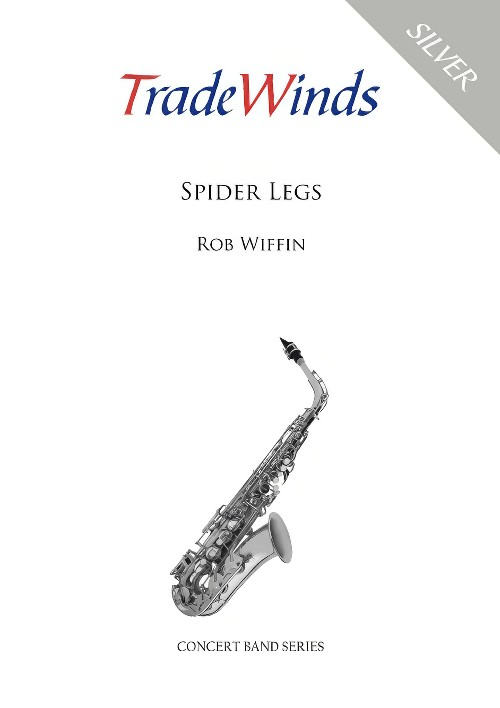 £10.95
£10.95Spider Legs (Concert Band - Score Only) - Wiffin, Rob
Spider Legs is a vibrant Latin dance number. Although I have used Latin rhythms in pieces in recent years this is the first time I have returned wholeheartedly to one of my favourite types of music since I wrote Tiptoe Tune in 2001. Typically I wrote it when I should have been writing something else but I really enjoyed going back to these rhythms. Stylistically Spider Legs can best be described I suppose as 'Merengue House' but perhaps it is better without any description! It was composed in 2014, shortly after the birth of my granddaughter Emma Louisa who was nicknamed 'Spider Legs' at the time and the name seemed to fit the music so well that I could not resist it.
Estimated dispatch 7-14 working days
-
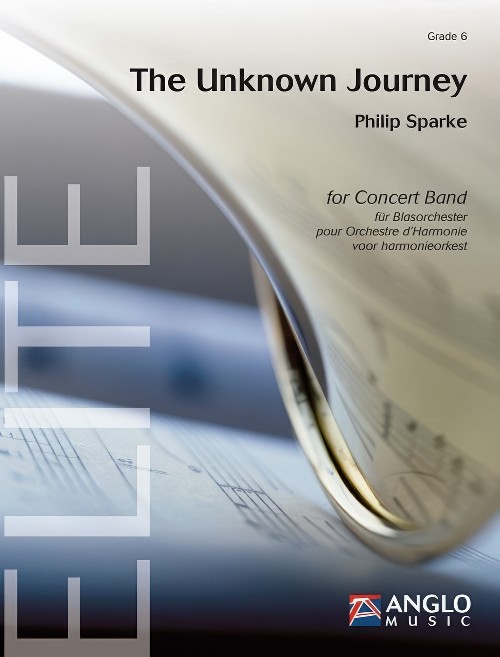 £256.99
£256.99The Unknown Journey (Concert Band - Score and Parts) - Sparke, Philip
The Unknown Journey was commissioned by Kwansei Gakuin University Symphony Band which was established in 1954 and has grown to become one of the top college bands in Japan. The composer chose the title as the piece seemed to create its own momentum as it developed, starting slowly and continuously increasing the tempo. Towards the end it gradually transmogrifies into the closing bars of Ravel's La Valse, a piece which perfectly characterises the idea of unstoppable momentum. The Unknown Journey was commissioned by Kwansei Gakuin University Symphony Band which was established in 1954 and has grown to become one of the top college bands in Japan. The composer chose the title as the piece seemed to create its own momentum as it developed, starting slowly and continuously increasing the tempo. Towards the end it gradually transmogrifies into the closing bars of Ravel's La Valse, a piece which perfectly characterises the idea of unstoppable momentum.Duration: 11:30
Estimated dispatch 7-14 working days
-
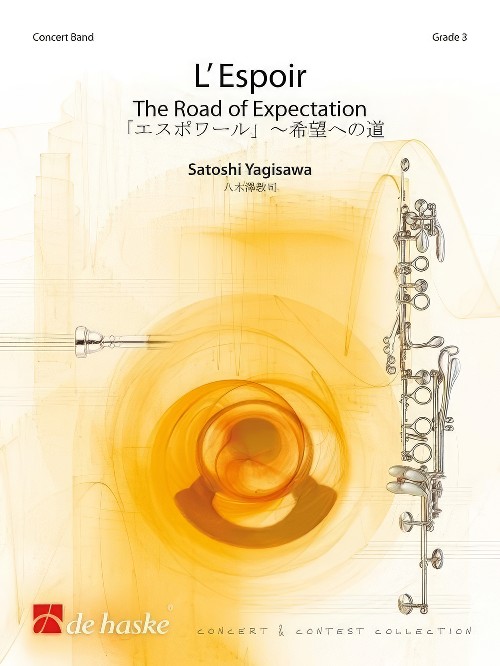 £74.99
£74.99L'Espoir (The Road of Expectation) (Concert Band - Score and Parts) - Yagisawa, Satoshi
The renowned Japanese composer Satoshi Yagisawa was given three separate tasks for this commission: it should be a short, attractive piece of music that is easy to listen to; it should be suitable as a choral exercise; and it should be fitting as an encore for the regular annual concert of the client. So it was that Yagisawa composed a glorious, warm-sounding work that satisfies all three requirements, and additionally serves as an excellent intermezzo in any concert.Duration: 3:45
Estimated dispatch 7-14 working days
-
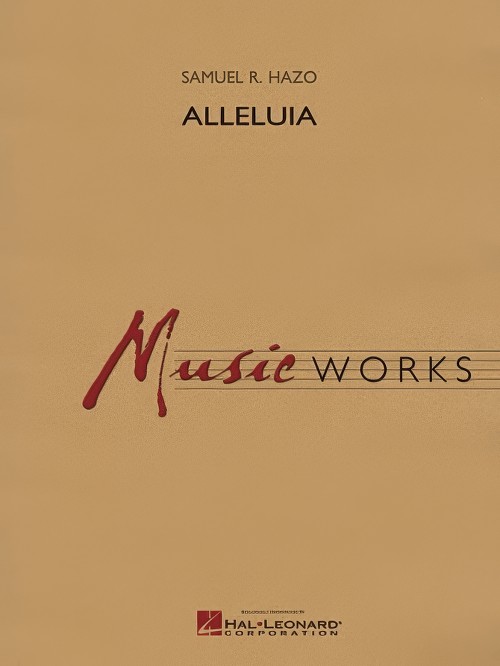 £118.99
£118.99Alleluia (Concert Band - Score and Parts) - Hazo, Samuel R.
Alleluia is a convergence of hauntingly emotive themes that culminate in breath-taking builds. The Kalamazoo Gazette described it as the pinnacle of the concert in which it was premiered, adding that Hazo's master composition takes the listener from "...bells and chimes to full Hosannas. The result was transfiguring! It first fades like a sunset, then explodes in white light, bringing the audience to their feet." Written for mature ensembles, this work will have a powerful impact on the performers as well as all who hear it.Duration: 8.00
Estimated dispatch 7-14 working days
-
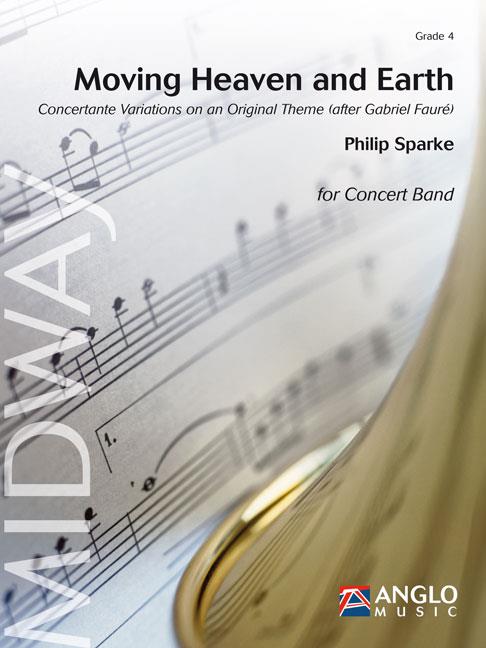 £164.99
£164.99Moving Heaven and Earth (Concert Band - Score and Parts) - Sparke, Philip
Moving Heaven and Earth consists of a theme and 4 variations; although the theme is original it contains a phrase heavily influenced by a 14-bar passage from the Libera Me in Faur's Requiem. It is a sequence that the composer finds harmonically compelling and, although it is never quoted directly, it appears in altered form in the theme and each of the variations. In the original, the passage is set to the words: Quando cli movendi sunt et terra (When the heavens and the earth shall be moved) which gave inspiration for the title.Duration: 10:15
Estimated dispatch 7-14 working days
-
 £420.99
£420.99Four Earth Songs (Concert Band - Score and Parts) - Putz, Marco
The hymn Nun ruhen alle Wlder (Now All Forests Rest), arranged by J.S. Bach (No. 6, So sei nun, Seele, deine, from Cantata BWV 13), is a guiding light throughout this four-movement composition. Pu?tz wrote this work as a musical outcry against the wilful, profit-driven destruction of our environment. When Bach used the word "ruhen" (to rest) over 350 years ago, it probably had a different nuance from the meaning it has today. At the beginning of the 21st century - the so-called age of progress - "nun ruhen alle Wlder" should mean "now all forests die" . Massive industrialization and globalization, coupled with pure greed, corruption, political scandals, an ever-widening gap between the rich and poor, and other such senseless human actions, are pushing our blue planet closer and closer to the point of no return. This work is not intended to be a ranting accusation. It should remind us of the beauty and harmony that can exist all around us in nature, if we take care of it. Pu?tz hopes that this will, one day, help put a greater emphasis on humanity's survival, and coexistence with nature rather than the exploitation described earlier. All four texts were created by Australian poet Graeme King, whose works were discovered by Pu?tz, by chance on the internet. Pu?tz was especially captivated by King's clarity, and intrigued by the possibilities of adapting and melding the strong rhythmical structure of King's writing with his own musical language. The four movements are as follows: 1. Tears of Nature 2. Grrrevolution 3. Stand up! 4. Tomorrow The world premire of Four Earth Songs took place on 7 July 2009 at the 14th WASBE-Conference in Cincinnati (USA). This work is dedicated in friendship to Jouke Hoekstra, conductor, and the Frysk Fanfare Orkest (the Frisian Fanfare-Orchestra).Duration: 27:30
Estimated dispatch 7-14 working days
-
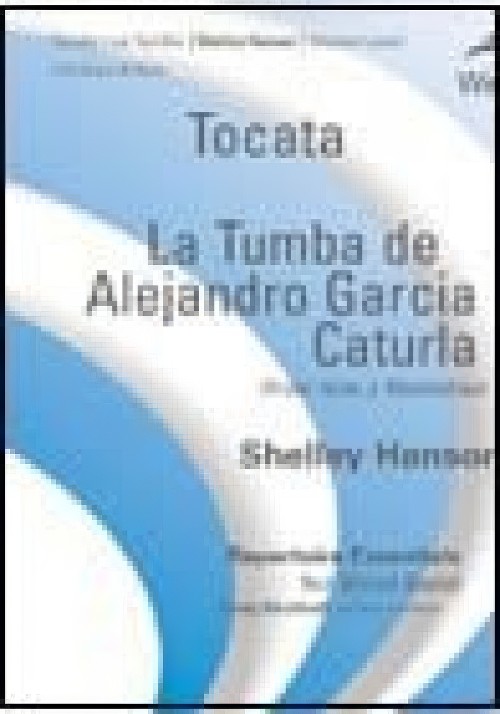 £120.00
£120.00Tocata & La Tumba de Alejandro Garcia Caturla (from Islas y Montanas) (Concert Band - Score and Parts) - Hanson, Shelley
Shelley Hanson originally composed Islas y Montanas for orchestra. Tocata is the first movement and functions as a fanfare or introduction. It features the entire ensemble clapping rhythmic patterns based on the Cuban 3/2-clave rhythm. It's a great way to get the crowd ready for La Tumba de Alejandro Garcia Caturla, originally the fourth movement from Islas y Montanas. It is beautifully transcribed here for concert band. It is a musical rumination about Cuban composer Alejandro Garcia Caturla (1906-1940) who studied with Nadia Boulanger but was later assassinated while presiding as a judge. It opens with a haunting English horn cadenza (alternate cueing provided) followed by harmonic shifts, intense soli writing and driving rhythms that sweep through the ensemble.
Estimated dispatch 7-14 working days
-
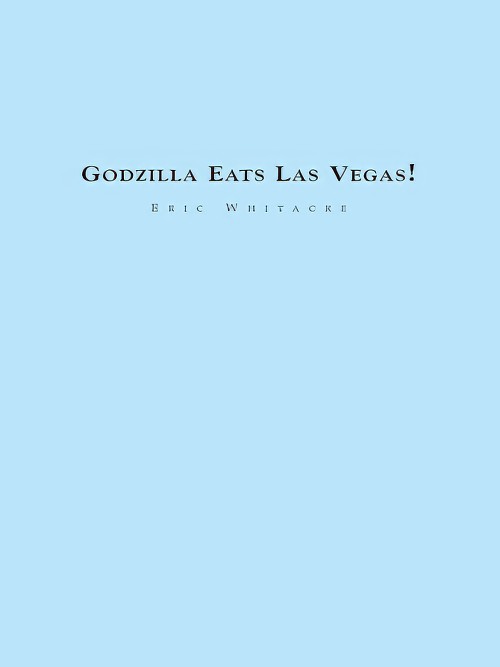 £189.99
£189.99Godzilla Eats Las Vegas (Concert Band - Score and Parts) - Whitacre, Eric
Note from Composer:It took me seven years to get my bachelor's degree from the University of Nevada, Las Vegas. By the time I graduated I was ready to eat Las Vegas.Tom Leslie asked me to write another piece for the group as I was leaving, and I thought it would be a blast to do something completely ridiculous. The players are called upon to scream in terror, dress like Elvises (Elvi), and play in about thirty different styles from mambo to cheesy lounge music. The audience follows a script that I wrote simulating a campy, over the top Godzilla movie (is there any other kind?).I wrote the bulk of the piece while in my first year at Juilliard, and no kidding, I used to act out the script every morning devouring animal crackers, wreaking havoc all over the breakfast table. The script was originally twice as long, and had an entire subplot devoted to a young scientist and his love interest. As I started to finish the piece, however, it didn't seem that funny and that story (along with an extended Elvis tribute) ended up on the cutting room floor.The idea that this piece is being played all over the world in such serious concert venues is the single funniest thing I have ever heard. It has been played on the steps of the Capitol by the United States Marine Band, by the Scottish National Wind Symphony (they play in kilts, so help me God), and I have a video of a Japanese audience visibly confused and shaken by the whole experience. Can you imagine? I'm laughing my head off even as I write this!Godzilla Eats Las Vegas! was commissioned by the University of Nevada Las Vegas, Thomas G. Leslie, conductor, and received its premiere November 28th, 1996.The performers are encouraged to go crazy: wear showgirl costumes, Elvis costumes, act out scenes on stage, use video and lighting - anything to get a laugh.
Estimated dispatch 7-14 working days
-
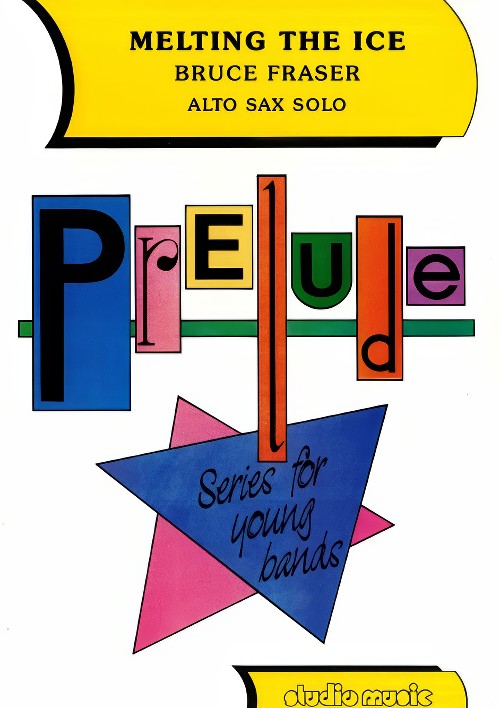 £44.95
£44.95Melting the Ice (Alto Saxophone Solo with Concert Band - Score and Parts) - Fraser, Bruce
Melting the Ice is a lilting solo for the young alto saxophone player. While not technically taxing, it will require good breath control to achieve a nice flow in the solo part. Although it has a slow feel to it, be careful not to play it too slowly.Duration: 1.45
Estimated dispatch 7-14 working days
-
£154.99
Achnaton Wind Band Set (Score & Parts)
The Egyptian pharaoh Amenhotep IV, better known as Achnaton, was the second son and successor of Amenhotep III. He reigned the New Kingdom from 1353 until 1336 BC. Achnatons lack of interest in the economic well-being of Egypt ushered in a revolutionary period in Egyptian history. His harsh reign induced much suffering under the population. During this period when it was customary for a pharaoh to have many wives, he had taken his cousin Nefertete to reign as queen at his side. An elegant and very beautiful woman, she used her influence to ease the turmoil caused by Achnaton. Combined with her grace, her presence at public functions led to a greater popularity among her subjects than the pharaoh enjoyed himself. Being mostly preoccupied with religious questions, he declared that all the other gods did not exist. There was only one god, the Aten, and it was the sun itself. It was now necessary to change his name: 'Amenhotep' meaning 'the god Amun is satisfied', because he didnt want to be associated with Amun or any of the other deities. He renamed himself 'Achnaton' which means 'servant of the Aten' -- a much more appropriate title! In the sixth year of his reign Achnaton also moved the capital to a brand new city called Achet-Aton ('the Horizon of the Aten') which was where Tel el-Amarna stands today. He did this to further isolate himself from the 'old' religion, since the previous capital Thebes was the centre of worship of Amun. This new religion created an up rise among the population and high priests. In spite of Nefertetes influence, the falling economy and religious conflict resulted in the decline of the Egyptian empire. Hoping to forget it ever happened, people later tried to eradicate all traces of Achnaton and his successors rule by smashing their statues, mutilating their mummies, and ruining their relief carvings. From that moment on he was remembered as the 'heretic king'. This composition was partially funded by the 'Prins Bernhard Cultuurfonds'. 09:00
Estimated dispatch 7-14 working days
